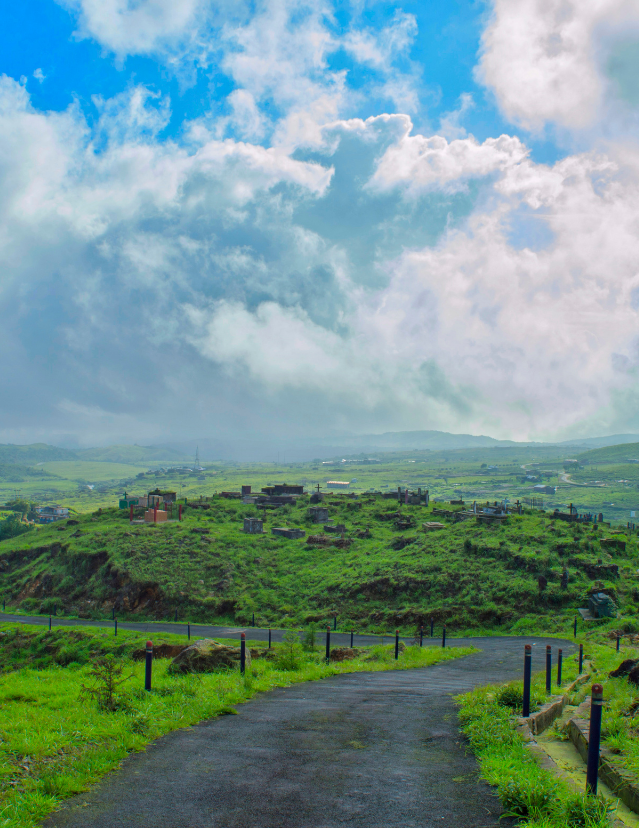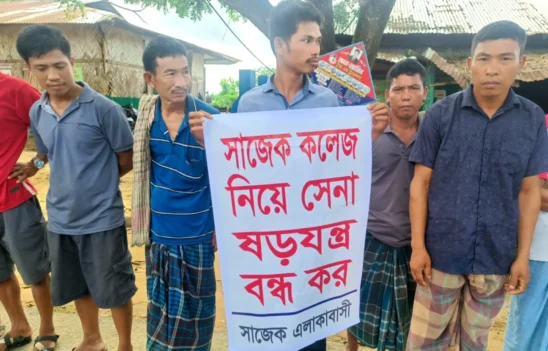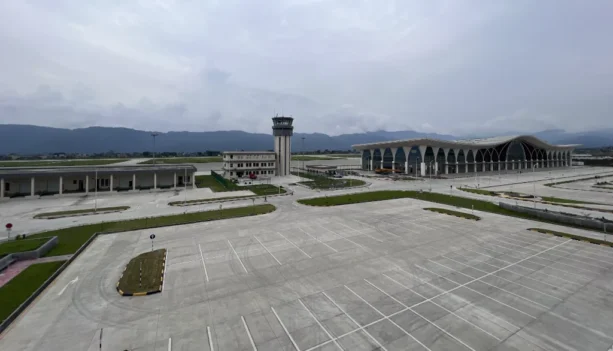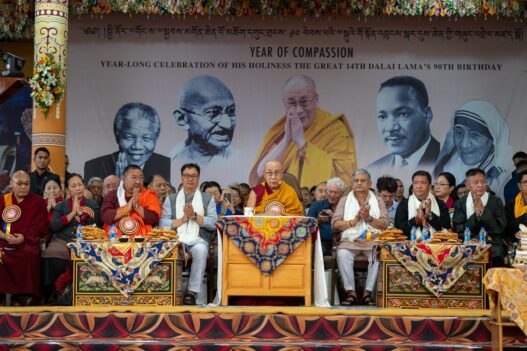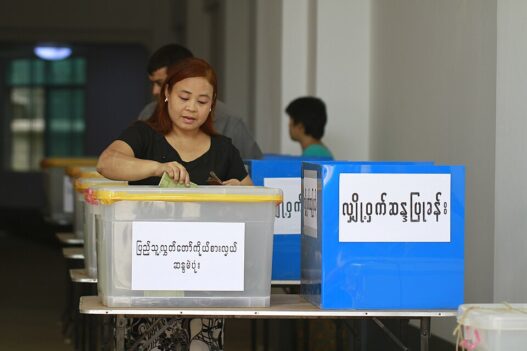Prime Minister Narendra Modi’s ambitious vision of Vikshit Bharat 2047 has taken center stage in his recent addresses, outlining a comprehensive plan to propel India into a developed nation by its centennial independence anniversary. This vision encompasses various facets of development, ranging from social progress to economic growth, with a strong emphasis on good governance.
Northeast India has a great deal of potential for trade and connectivity with East and Southeast Asia because of its wide international borders, which include China, Bhutan, Myanmar, Bangladesh, and Nepal. However, in the past, the area has struggled with connectivity and infrastructure issues.
The Indian government has introduced a number of programs, such as the North East Special Infrastructure Development Scheme (NESIDS) and the Act East Policy, that aim to unlock the region’s potential and promote equitable economic development.
Amidst this broader national vision, PM Modi has placed emphasis on the development of Northeast India, recognising its potential as a growth engine for the country. Initiatives like the Prime Minister’s Development Initiative for North Eastern Region (PM-DevINE) underscore the government’s commitment to leveraging the region’s strategic location and untapped resources.
The recent approval by Bangladesh for India to use ports like Chattogram and Mongla for cargo transit and transshipment is a noteworthy move in this regard. This action is anticipated to drastically cut down on transportation expenses and times, which will greatly increase trade among the northeastern states. Furthermore, through programs like the Special Accelerated Road Development Programme (SARDP) and the development of railway networks, efforts are being made to improve the region’s air, rail, and road transportation networks.
Revival of NE Waterways integral to National Development Strategy
The region also offers an additional opportunity for economical cargo movement due to the abundance of inland waterways. The utilization of rivers for navigation and transport has long been crucial in the northeastern states, given the abundance of rivers and the lack of alternative transportation modes. As part of the National Waterways program, there is a significant focus on developing waterways in the region to bolster connectivity and trade.
According to the Inland Waterways Authority of India (IWAI), Northeast India boasts numerous large and small rivers suitable for water transport, particularly in its plain areas and the flat river valleys of the hills. Historically, rivers like Brahmaputra and Barak served as vital transportation arteries for goods and passengers until road connectivity improved. During the British colonial era, these rivers facilitated extensive trade between Northeast India and the Kolkata port, particularly supporting the burgeoning tea industry.
The region is endowed with approximately 1800 kilometers of navigable river routes suitable for steamers and large country boats. Both state and central governments have been working to enhance the water transport infrastructure in the region.
Read also: Northeast development gets boost as Sonowal inaugurates ₹308 cr waterways projects
Out of the 111 national inland waterways, 20 are located in Northeastern India. Key waterways identified for development include NW-2 (Brahmaputra), NW-16 (Barak), NW-31 (Dhansiri / Chathe), and NW-57 (Kopili River). Efforts are also underway to link NW-1 (Ganga waterway) with NW-2 (Brahmaputra) through the Sundarbans and Bangladesh, a move expected to bolster connectivity between Northeast India and the rest of the country.
For cargo movement, NW-2 (Brahmaputra), NW-16 (Barak), and NW-57 (Kopili) are deemed viable, while several others show potential for tourism, ferry, and cruise operations.
In Assam, the Directorate of Inland Water Transport operates ferry services on rivers like Brahmaputra and Barak, with plans to improve passenger ferry infrastructure through projects like the Assam Inland Water Transport Project, supported by the World Bank. Similar initiatives are underway in Manipur, Mizoram, and Tripura to enhance inland water transport infrastructure. Furthermore, efforts are being made to leverage waterways for international trade, including agreements with Bhutan and Bangladesh for bilateral trade and transit.
In what may be the last meeting before the polls, Prime Minister Narendra Modi stressed the significance of winning the forthcoming Lok Sabha elections during a meeting with his Council of Ministers on Sunday. The ‘Viksit Bharat 2047’, which highlights the government’s goal for the country’s growth, served as the meeting’s main focus. 543 members of the Lok Sabha will be chosen in the general elections that are set for April and May of 2024.

